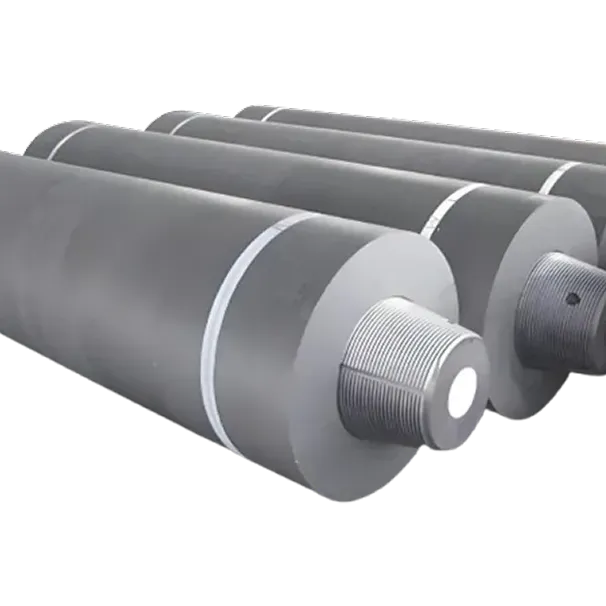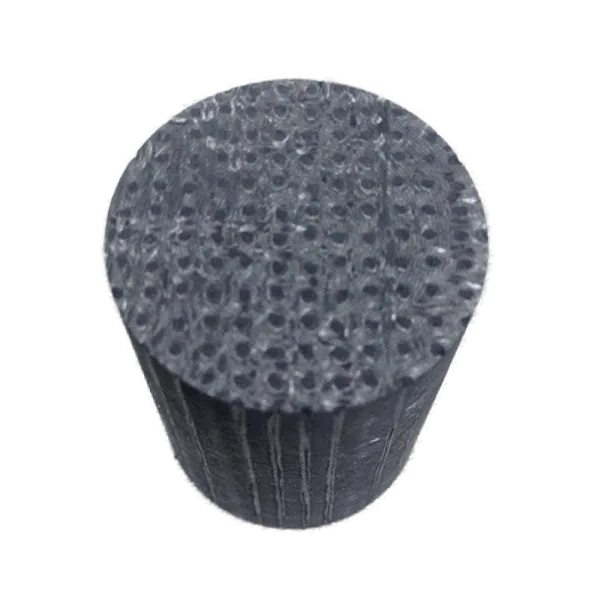Time: 2025-06-06 07:13:12 Source: Cangzhou Carbon Technology Co., Ltd.
Graphite is the raw substance. A carbon composite is the high-tech, engineered final product that uses a special fibrous form of graphite to achieve its incredible performance.While both carbon composites and graphite are made of carbon, they are fundamentally different in their structure, properties, and applications.

Here's a breakdown of the key distinctions:
Definition: Graphite is a naturally occurring crystalline allotrope (form) of the element carbon. It's one of the most stable forms of carbon under standard conditions.
Structure: It has a layered atomic structure. Each layer consists of carbon atoms arranged in a hexagonal lattice (like a honeycomb). These individual layers are called graphene. The layers are held together by weak van der Waals forces, allowing them to slide easily over each other.
Properties:
Softness: Due to the weak bonding between layers, graphite is very soft (Mohs hardness of 1-2) and has lubricating properties (which is why it's used in pencils).
Conductivity: It's an excellent conductor of both heat and electricity, especially along the planes of its layers.
High Temperature Resistance: It can withstand very high temperatures (sublimates around 3,600°C) in inert atmospheres.
Density: Relatively low density.
Applications:
Lubricants
Pencil lead
Electrodes in batteries and industrial furnaces
Refractory materials (materials resistant to high temperatures)
Thermal management (heat sinks)

Definition: A carbon composite is an engineered material created by combining strong carbon fibers (a form of carbon) with a binding matrix material, typically a polymer resin (like epoxy). It's a type of composite material, meaning it's made from two or more distinct materials that, when combined, produce properties superior to the individual components.
Structure: It consists of thin strands of carbon atoms (carbon fibers) which are extremely strong and lightweight. These fibers are typically woven into fabrics or aligned, and then embedded within a polymer matrix that holds them together and transfers loads between the fibers.
Properties:
High Strength-to-Weight Ratio: This is a defining characteristic, making it incredibly strong while remaining very light.
Stiffness: Known for high stiffness and rigidity.
Durability: Resistant to corrosion and fatigue.
Versatile Design: Can be molded into complex shapes.
Thermal Stability: Can retain mechanical properties over a wide temperature range (though the polymer matrix limits the maximum temperature).
Applications:
Aerospace (aircraft components, rocket nozzles)
Automotive (high-performance vehicles, lightweight parts)
Sports equipment (bicycles, tennis rackets, golf clubs)
Wind energy (turbine blades)
Marine vessels
Medical devices (prosthetics)
Graphite is a pure form of carbon with a specific layered atomic structure, giving it properties like softness, lubrication, and electrical/thermal conductivity.
Carbon composite is a manufactured material that uses carbon fibers as a reinforcing agent within a matrix (usually a polymer). This combination leverages the strength and stiffness of carbon fibers to create a lightweight and strong material suitable for structural applications.
Think of it this way: Graphite is a building block (a specific type of carbon), while a carbon composite is a constructed object (like a building) that utilizes those carbon building blocks (in the form of fibers) along with other materials to achieve specific performance goals.